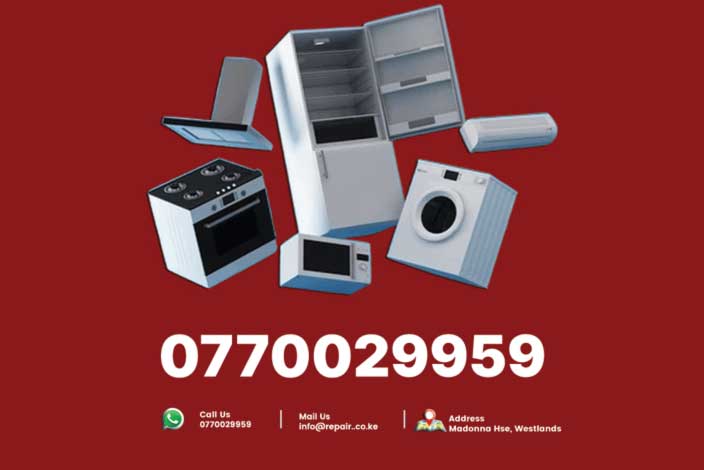Washing machines are indispensable household appliances, streamlining laundry tasks with efficiency and convenience. However, issues with the timer and cycle selection can disrupt their operation, leading to incomplete cycles, improper washing, or machines that fail to start altogether. These problems can stem from various causes, ranging from user errors to mechanical or electrical faults. This article explores common washing machine timer and cycle selection issues, their causes, and practical solutions to restore your appliance to optimal functionality.
Understanding Timer and Cycle Selection Issues
The timer in a washing machine controls the duration and sequence of each cycle, such as washing, rinsing, and spinning. The cycle selector, often a dial or digital interface, allows users to choose the appropriate program for their laundry. When either component malfunctions, the machine may exhibit symptoms such as:
- The machine not starting or stopping mid-cycle.
- Cycles running longer or shorter than intended.
- Incorrect cycle operation, such as skipping rinse or spin phases.
- The selector dial not responding or feeling loose.
- Error codes displayed on digital panels.
These issues can arise from electrical faults, mechanical wear, or software glitches in modern machines. Below, we outline the most common problems and their respective solutions.
Common Issues and Their Causes
1. Timer Not Advancing
When the washing machine timer fails to advance, the machine may get stuck in one phase of the cycle. This issue is often caused by:
- Faulty Timer Motor: The timer motor drives the progression of the cycle. A burnt-out or worn motor can halt advancement.
- Wiring Issues: Loose or damaged wires connecting the timer to the machine’s control board can disrupt signal transmission.
- Control Board Failure: In digital machines, a malfunctioning control board may fail to send proper signals to the timer.
2. Cycle Selector Not Responding
A non-responsive cycle selector may prevent the machine from starting or switching between programs. Common causes include:
- Worn Selector Switch: Over time, mechanical wear in the dial or switch can reduce responsiveness.
- Software Glitches: In machines with digital controls, software errors can cause the interface to freeze.
- Debris or Obstruction: Dirt or physical obstructions in the selector mechanism can impede its operation.
3. Incorrect Cycle Execution
If the machine performs the wrong cycle or skips stages, the issue may stem from:
- Faulty Sensors: Sensors that monitor water levels, temperature, or load balance may send incorrect data to the control system.
- Timer Contact Issues: Internal contacts within the timer may be corroded or misaligned, leading to improper cycle execution.
Solutions and Fixes
Before attempting any repairs, ensure the washing machine is unplugged to avoid electrical hazards. If you are not confident in performing repairs, contact a professional technician from Repair.co.ke for expert assistance.
1. Inspect and Reset the Machine
For minor issues, a reset can resolve temporary glitches:
- Unplug the machine for 10-15 minutes to reset the control board.
- For digital machines, check the user manual for specific reset instructions, as some models require pressing certain buttons in sequence.
2. Check the Timer Motor
- Test the Timer: Use a multimeter to check the timer motor for continuity. If no continuity is detected, the motor is faulty and needs replacement.
- Replacement: Purchase a compatible timer motor for your machine’s make and model. Remove the control panel (refer to the manual for guidance), replace the motor, and secure all connections.
3. Examine Wiring and Connections
- Inspect the wiring harness connecting the timer and selector to the control board. Look for loose, frayed, or burnt wires.
- Secure loose connections or replace damaged wires. Ensure all connections are insulated to prevent short circuits.
4. Clean or Replace the Selector Switch
- For mechanical dials, remove the control panel and clean the selector switch with a soft cloth and contact cleaner to remove debris.
- If the switch is damaged, replace it with a compatible part. Ensure proper alignment during installation to restore functionality.
5. Address Software Issues
- For digital machines, update the firmware if the manufacturer provides updates. Check the user manual or the manufacturer’s website for instructions.
- If the control panel remains unresponsive, the control board may need replacement. This task is complex and should be handled by a professional technician.
6. Test and Replace Sensors
- Faulty sensors can disrupt cycle execution. Use a multimeter to test water level or temperature sensors for proper operation.
- Replace defective sensors with manufacturer-approved parts, following the machine’s service manual for guidance.
Preventive Maintenance Tips
To minimize timer and cycle selection issues:
- Avoid overloading the machine, as this can strain the timer and sensors.
- Regularly clean the control panel to prevent debris buildup.
- Schedule periodic maintenance checks with a professional service like Repair.co.ke to identify potential issues early.
When to Seek Professional Help
If troubleshooting does not resolve the issue, or if the problem involves complex components like the control board, professional intervention is recommended. Repair.co.ke offers expert diagnostic and repair services across Kenya, ensuring your washing machine is restored to full functionality. Contact us via our website or customer service line for prompt assistance.
Washing machine timer and cycle selection issues can be frustrating, but many can be resolved with basic troubleshooting or minor repairs. By understanding the root causes—such as faulty timer motors, wiring issues, or software glitches—you can take informed steps to fix your appliance. For complex repairs or persistent problems, trust Repair.co.ke to provide reliable, professional solutions tailored to your needs.






